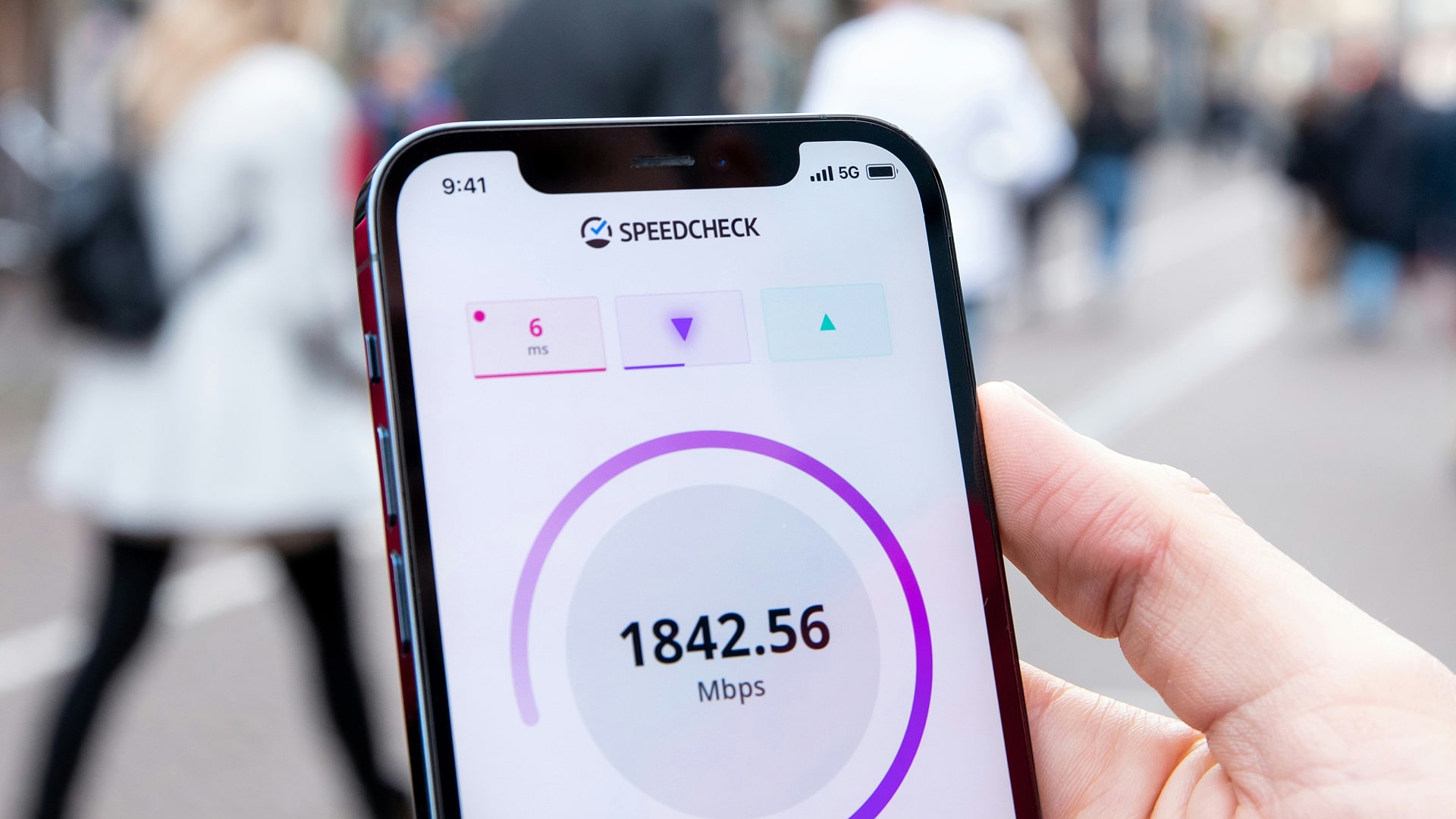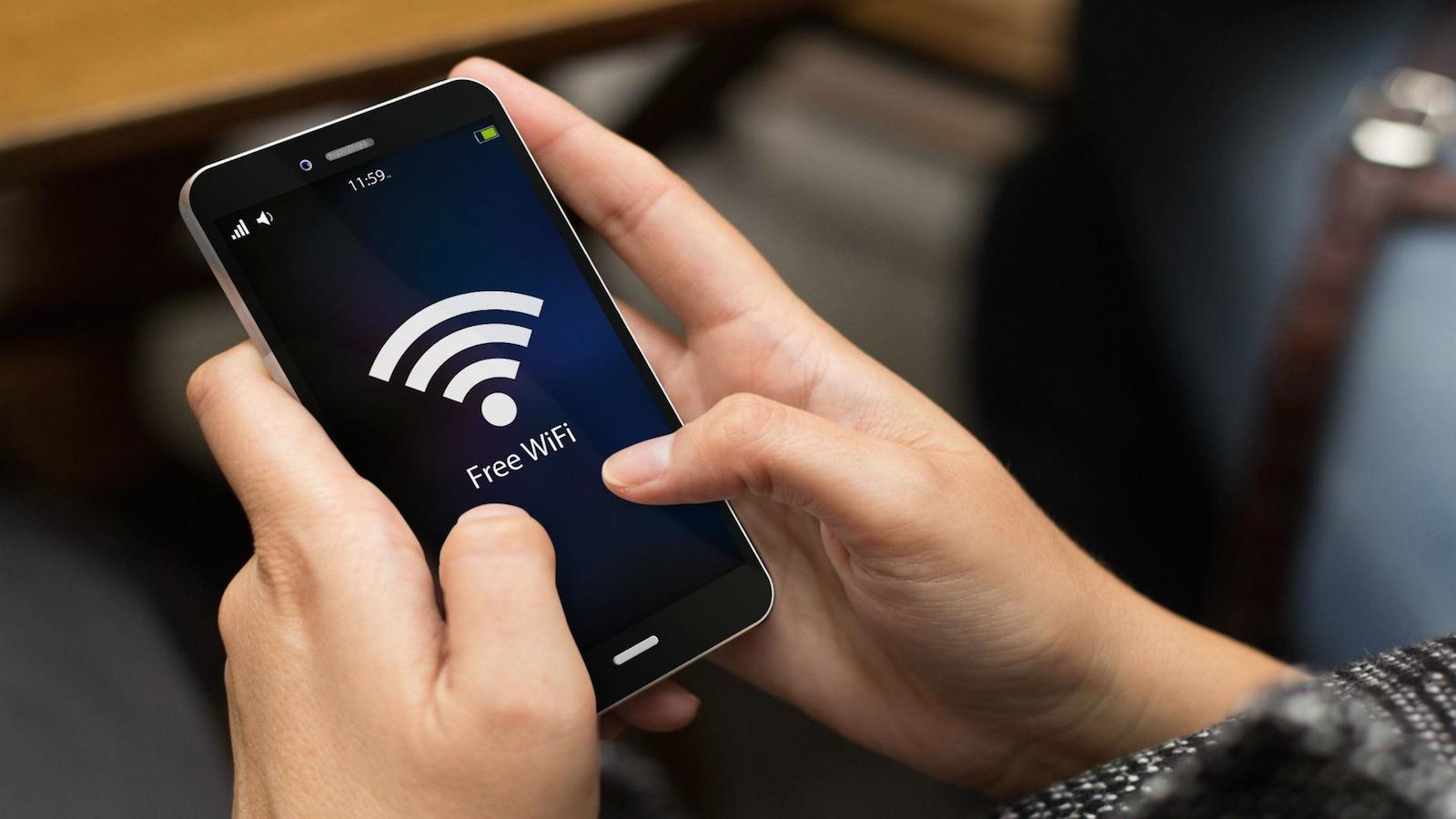
Apple loves managing as many aspects of its devices as possible – it regularly claims that its control of both hardware and software allows it to do things that its rivals can’t – and it looks like that could extend even further in 2025. According to a new report, future Apple devices will feature even more components designed and made by the company.
That’s what’s outlined in a new report from DigiTimes, in any case. There, the outlet contends that the iPhone SE 4 will come with an Apple-made 5G modem in the first half of 2025 (although the mmWave aspect of the chip will still be made by Qualcomm, DigiTimes believes). After that, “select models” in the iPhone 17 series will potentially follow suit later in the year.
That’s not all. Apple will supposedly roll out its own Wi-Fi chip in new iPads next year. Alternatively, DigiTimes also suggests that the Wi-Fi chip might instead launch in the iPhone 18 series in 2026.
Why might Apple do all this? One aspect is cost: making its own components will save on paying licensing fees to companies like Qualcomm that design the current chips Apple uses, and it’s known that Apple has been trying to move away from its dependence on Qualcomm for some time. But another could be some potential consumer benefits that we might enjoy, too.
Wireless upgrades

Along with the potential cost savings, there have been suggestions that developing its own Wi-Fi chip might enable Apple to release a line of routers, thereby reviving a product line that it used to sell in the form of the AirPort router.
That last point is a little contentious. Apple discontinued the AirPort in 2018 but had long since given up on the product, having disbanded its router team in 2016 and stopped releasing new AirPort products as far back as 2013. With the company increasingly making revenue from digital services like Apple Music and flagship products like the iPhone 16, is there really an appetite within the company to bring back a hardware peripheral that never sold particularly well in the first place? Time will tell.
Ultimately, simply gaining more control over its supply chain may be as far as Apple’s motivation goes. We know the company loves bringing as many components in-house as it can, as it means that Apple is better able to plan its devices’ upcoming features and capabilities. Sometimes, that’s the only reason you need.







